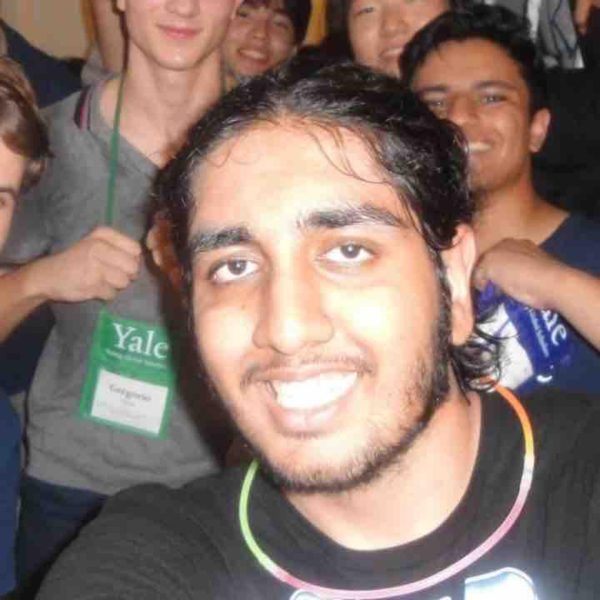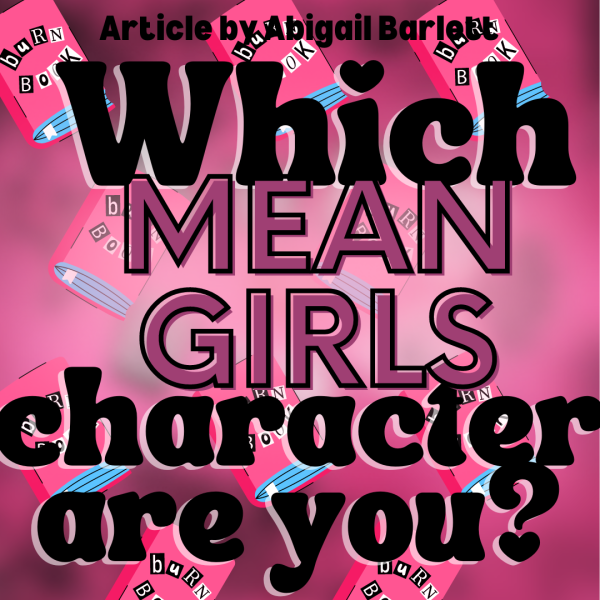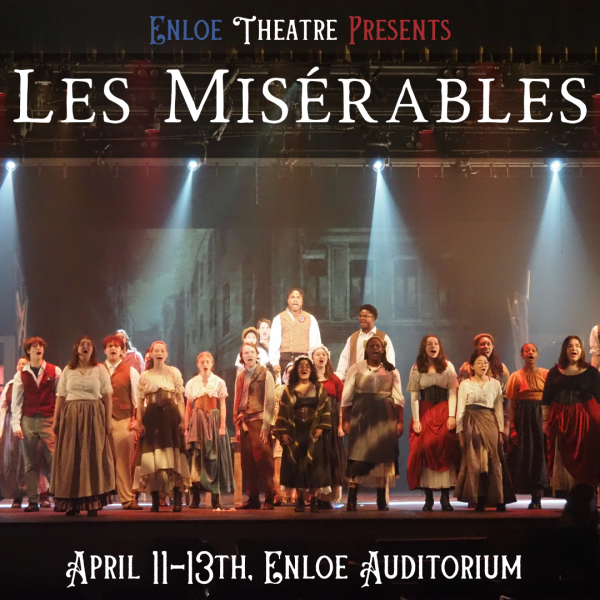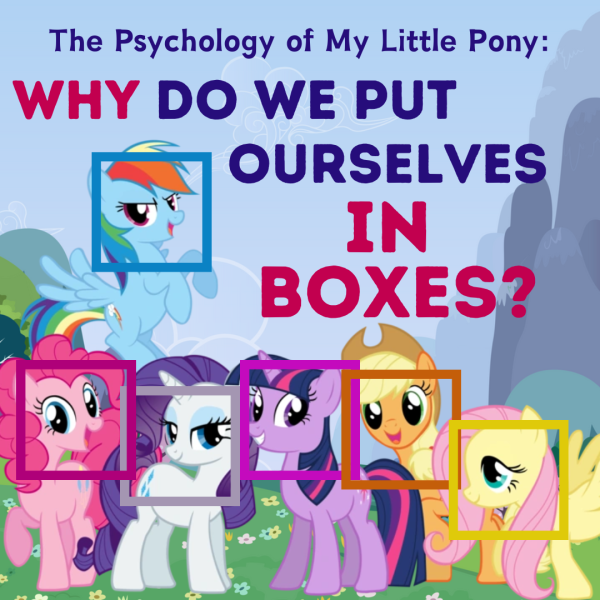Star Wars and Moving Forward: Confronting the Franchise’s Challenges
When you think of Star Wars, what do you think? Maybe it is an image of Darth Vader, Baby Yoda, or the infamous Rey. After the conclusion of the Star Wars sequel trilogy (The Force Awakens, The Last Jedi, and The Rise of Skywalker), fans have met the trilogy with strong criticism. Many point towards the potential in the character Finn, the simple dullness of Rey or the many plot holes that riddle the trilogy. Disney has attempted to fix their mistakes through its slate of shows such as The Mandalorian, Book of Boba Fett, and the release of the seventh season of Star Wars: The Clone Wars to bring back fans upset by the quality of the past trilogy, but it is hard to resurrect an audience whose childhood characters were “ruined” by this set of controversial films.
Some of the most significant mistakes persistent with the sequel trilogy are the plot choices made by directors. There are several parallels between the original trilogy’s A New Hope and The Force Awakens, as both have the entrance of a desert native force user who joins a movement to overthrow an evil galaxy-wide government who has a planet-sized laser. Quite an oversimplification, but it is the truth; it is a mediocre attempt at fan service after the criticism received from the prequel trilogy.
While many may argue that the sequels are by nature terrible, it can also be argued that they still had the potential to succeed. The cinematography and characters introduced were great and grasped the attention of younger audiences, but the previously mentioned failures made older fans cringe at what had been produced. But what can be fixed with the sequel trilogy? The answer is not a retcon, but a fix to what had failed. Take the DCEU (DC Cinematic Universe), for example; the franchise has been alleged to restart, changing how major characters within their universe interact and will be seen. The result of this press was extreme ridicule and hate. For Star Wars to follow in the steps of the DC universe, it would be extremely disastrous and ruin the little credibility the franchise currently holds.
So what is the solution? First, it is advancing the creation of television shows and building a universe within an already-existing one. When released, the prequel trilogy was met with both criticism and love as many enjoyed the re-emergence of Star Wars, but others found aspects such as dialogue and time jumps very confusing. As later developed by Dave Filoni and George Lucas, the show, Star Wars: The Clone Wars, successfully filled the gaps of the time jump between the movies, Star Wars Attack of the Clones, and Star Wars Revenge of the Sith. The show provided us with arcs that gave nearly all of the characters development from minor background Jedi such as Shaak Ti, and Ki-Adi Mundi to complete arcs and relationships to major characters such as Obi-Wan Kenobi and Anakin Skywalker. Showing these jumps and completing arcs for characters of all relevance provided fans with a show that both completed the prequel trilogy era and allowed storylines to continue into the original and sequel trilogies.
It is important for Disney to take notes from the successes of the Clone Wars TV show and continue it into the sequel trilogy. Like the Prequels, many complained about the lack of information between The Return of the Jedi and The Force Awakens, as minor flashbacks were insufficient for storytelling. The Book of Boba Fett and The Mandalorian help this by introducing Luke Skywalker back into Star Wars television and bringing fan excitement and acclaim for filling in gaps left by The Force Awakens.
The work of Dave Filoni, Bryce Dallas Howard, and all other directors/writers working on shows of this era of Star Wars television have demonstrated how the franchise can still be developed further despite being seen as “dead”. Learning from how the Clone Wars show was used in the context of the prequels can be truly beneficial for both fans and franchise looking to enjoy the sequel trilogy. It can pave the way for media that can build a “Filoniverse,” a storytelling sphere within the sequel trilogy. It can remain both far from the main events to avoid plot holes but also close enough to fix errors of continuity the films made through bounty hunter and assassin stories as opposed to massive, world-building and often political products reminiscent of the prequel era of television. Developing these styles of media for the sci-fi franchise can prove the “Last Hope,” as Princess Leia once said, for the millions of fans waiting on what executives at Disney are planning next.
Your donation will support the student journalists of Enloe Magnet High School, allowing us to cover our annual website costs. We are extremely grateful for any contribution, big or small!

(He/him)
Akshat is a senior here at Enloe. He is excited to return for his third year on the staff to work on the Eagle's Eye's newest (and best) section,...

















